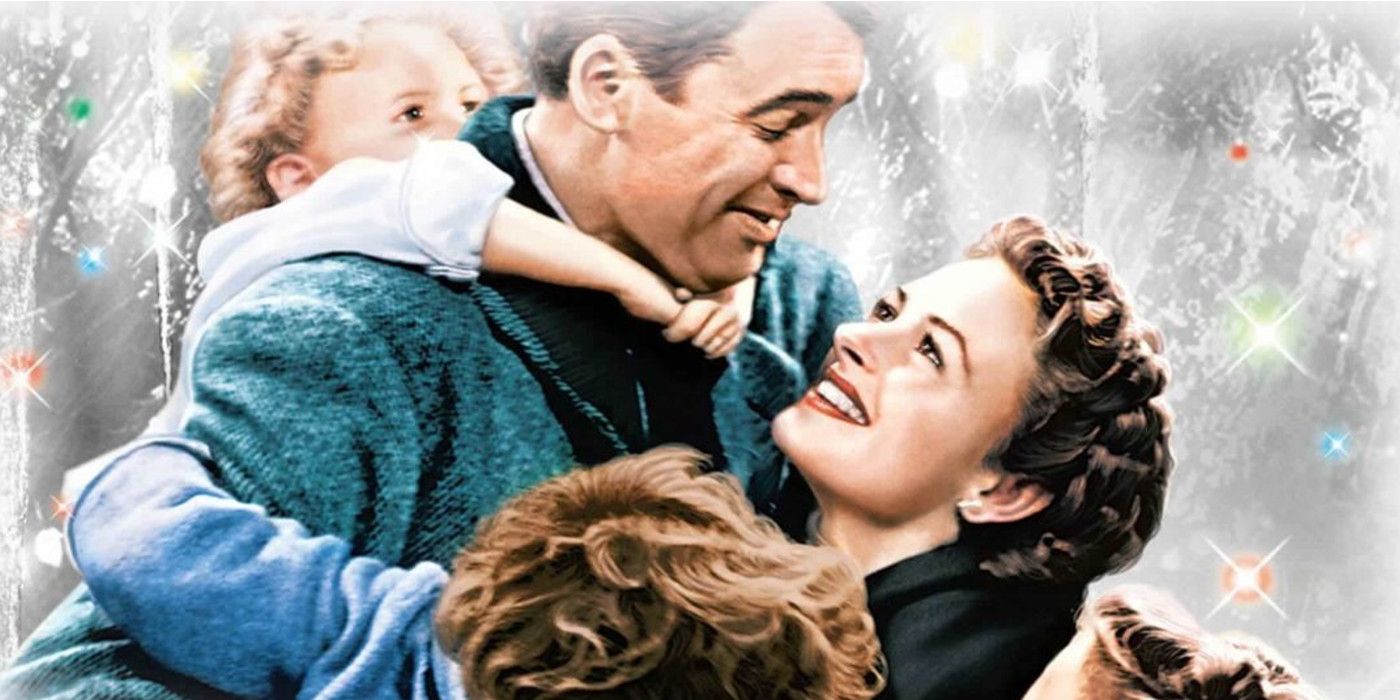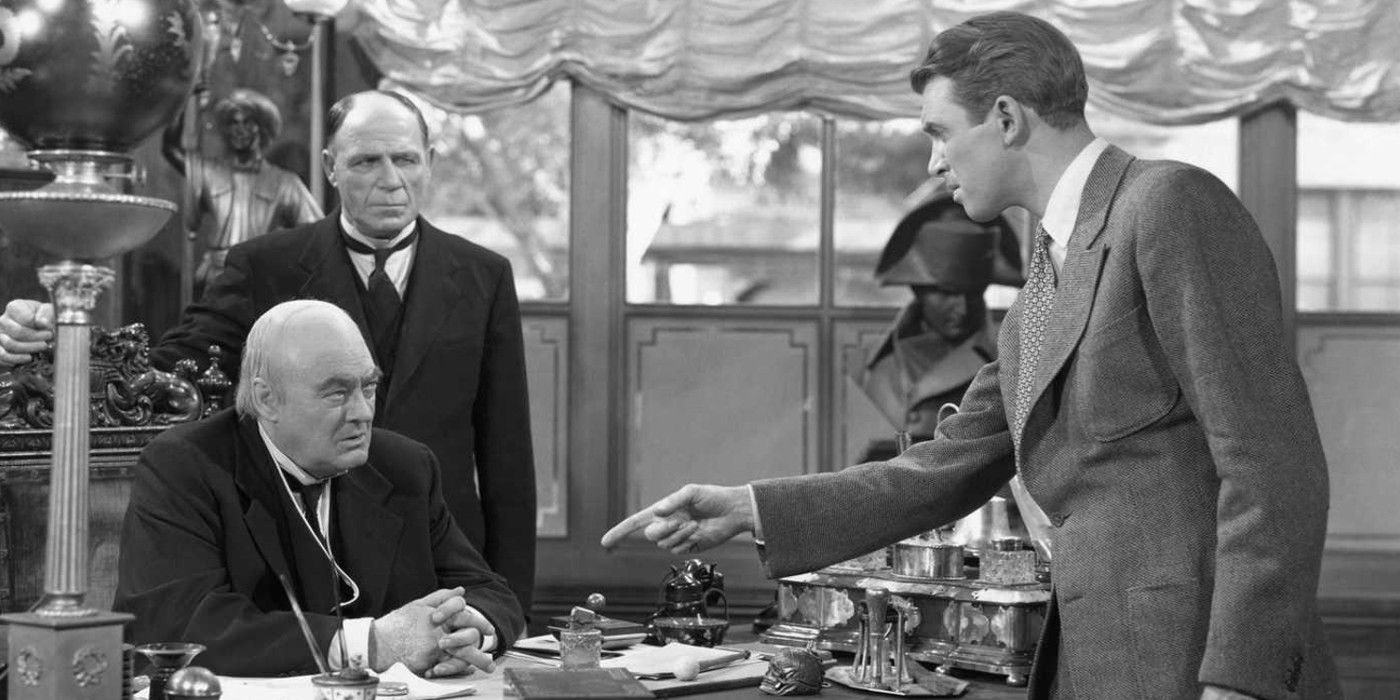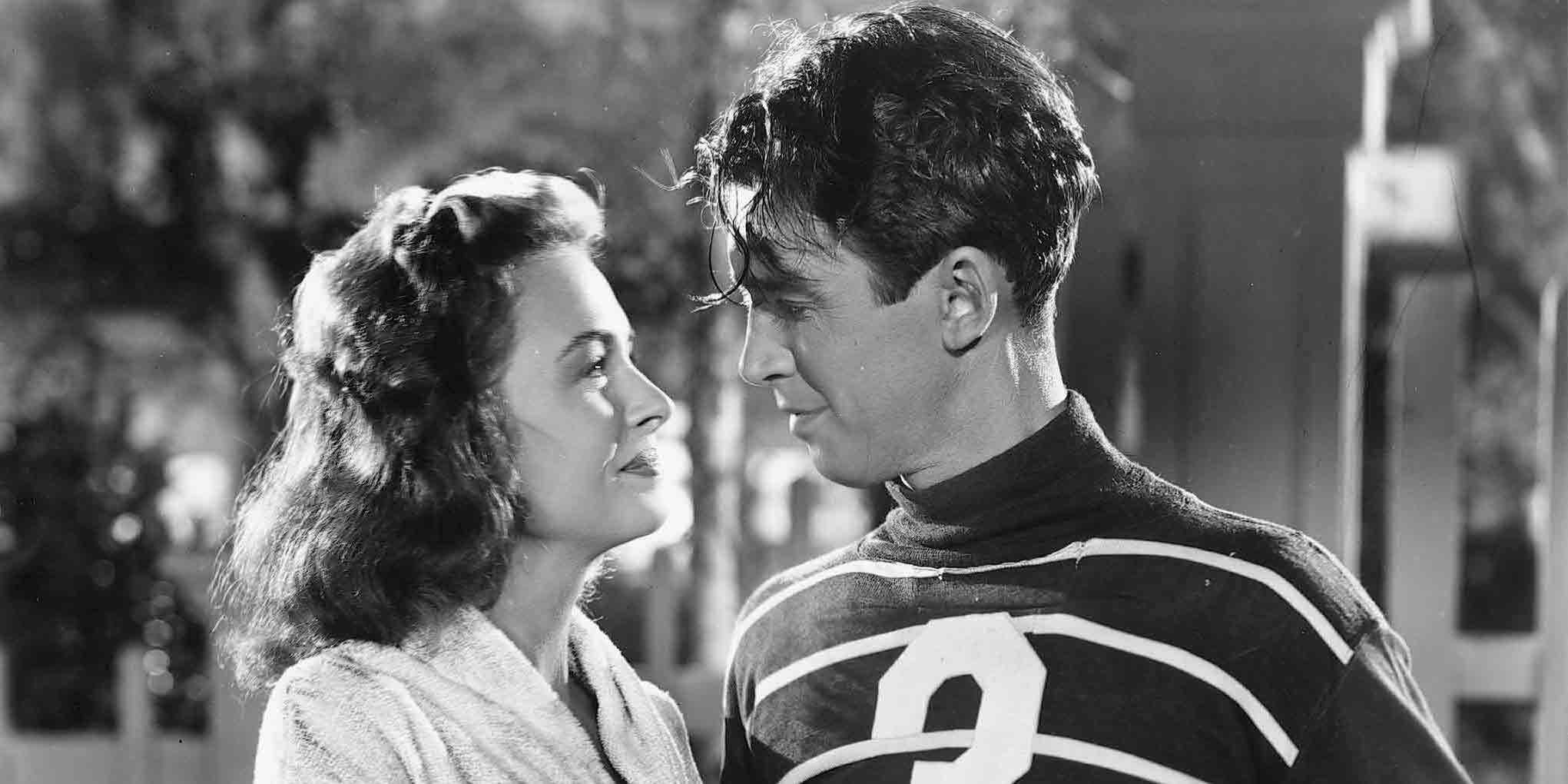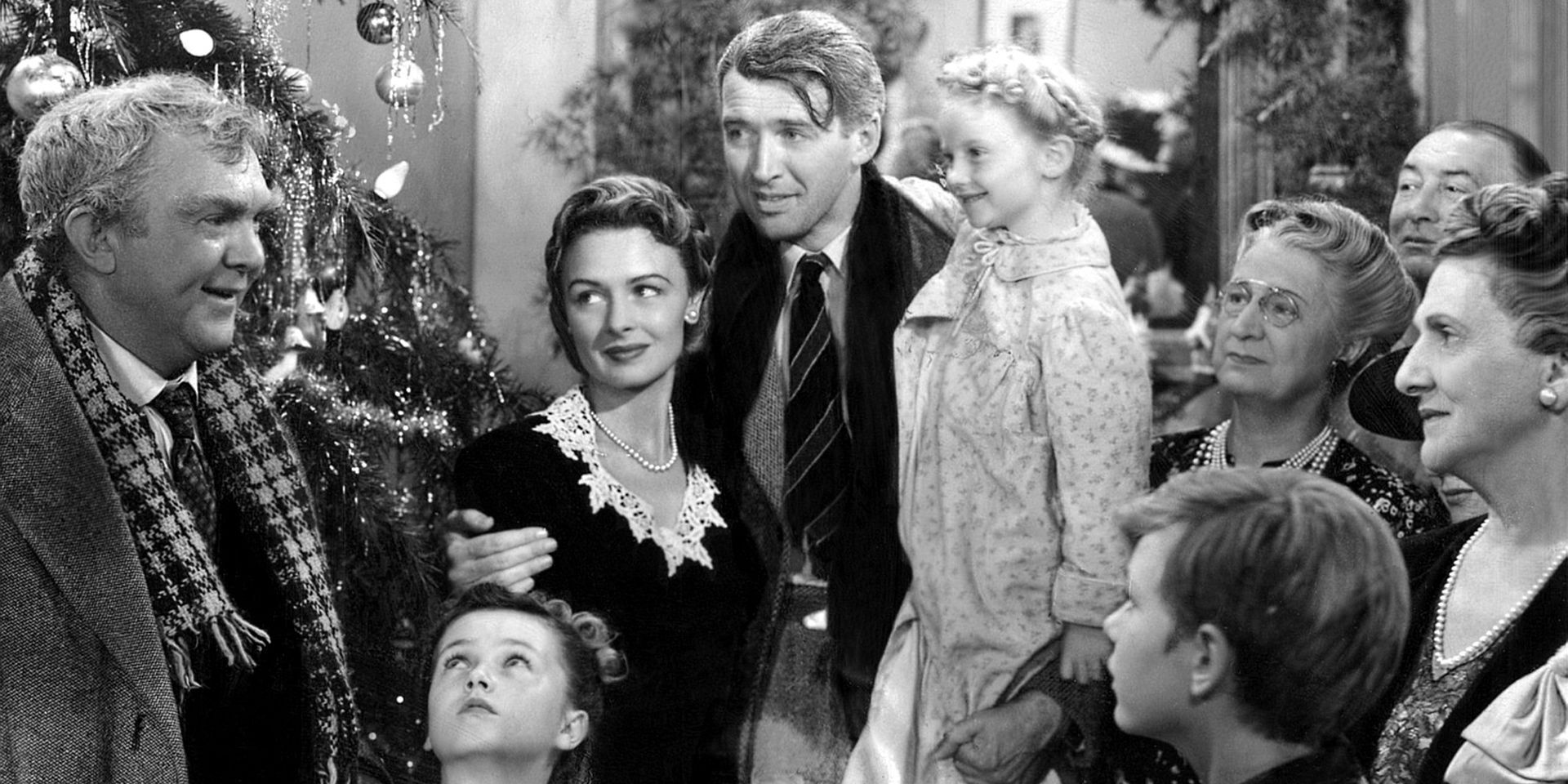Christmas classics are hard to come by. Every year, a handful of new entries join the pantheon of holiday cinema and remind us how grateful we are for the likes of A Christmas Story, Miracle on 34th Street, Christmas Vacation and the universally beloved It’s a Wonderful Life.
For all intents and purposes, Frank Capra’s 1946 movie is a bona fide Christmas miracle. While millions of people around the globe return to Bedford Falls every December, there was a time when It’s a Wonderful Life bankrupted a movie studio, ended a legendary filmmaker’s career and was totally forgotten by the public at large. If it hadn’t been for a clerical copyright error in 1974, It’s a Wonderful Life would’ve been known only to the generation in which it debuted. Instead, the movie led a life akin to George Bailey himself: born with great ambition, dealt a series of setbacks, and resigned to obliteration before returning with a renewed lease on life.
Bankruptcy
World War II had ended, but global healing had only just begun. Though escapism has never entirely lost its value, American movie-going was significantly down in 1946. While It’s a Wonderful Life had one of the strongest box office openings of the year, it still failed to make a profit and recoup its $2.3 million budget. Much like how Hollywood operates today, director Frank Capra and his fellow producers at Liberty Films hoped a strong run at the Academy Awards might spur audiences to revisit the picture and push It’s a Wonderful Life into the black.
Despite five Oscar nominations (including Best Picture, Best Director and Best Actor) and even one win (Technical Achievement for the movie’s “chemical snow”), It’s a Wonderful Life remained a $525,000 write-off and a death blow for the future of Liberty Films. This was a tremendous loss for Frank Capra and his former Army-veteran executives who banded together to leave the studio system. As its name implies, Liberty Films was built to avoid the suffocating corporate culture of major studios.
Capra once complained to the New York Times that despite his creative and artistic impulses, he found the final worth of a film was not determined by audiences but “for the approval of the one man at the top.” Capra would ultimately stake his career on Liberty Films and its only product, It’s a Wonderful Life (their second film, State of the Union, was ultimately released under the MGM mantle).
After Liberty Films was bought by Paramount Pictures, the company officially dissolved in 1951. In his autobiography, The Name Above the Title, Capra reflected that It’s a Wonderful Life and the establishment of Liberty Films would, “(1) influence the course of Hollywood films, (2) make four former Army officers independently rich, and (3) virtually prove fatal to my professional career." Indeed, Capra would only work on a few made-for-TV movies before retiring from Hollywood. Fortunately, that’s not where the story ends. As Clarence the angel would say, “No man is a failure who has friends.” In due time, It’s a Wonderful Life would certainly win a great many of those.
Reemergence
Copyright law may be a byzantine subject, but in the case of George Bailey, it would prove very significant. According to the 1909 Copyright Act, creative works were protected for 28 years at a time. That meant that in 1974, It’s a Wonderful Life would need renewed protection by its original copyright holders at Republic Pictures (then known as NTA, the National Telefilm Associates). Whether they saw no value in the movie or simply made a clerical error, Republic Pictures failed to extend its copyright and allowed It’s a Wonderful Life to lapse into the public domain.
Like a phoenix rising from its ashes, Frank Capra’s iconic drama was thus reborn. While movies like A Christmas Story seem to run in perpetuity on December 25th, nothing could top the pervasiveness of It’s a Wonderful Life from 1974 to the early 1990’s. The movie was truly everywhere, and because distributors could virtually air it for free, it moved from a forgotten film to a staple of the Christmastime conversation.
By the time Republic Pictures caught on, the damage had been done. It’s a Wonderful Life was now taped onto millions of VHS cassettes and etched in the hearts of the greater public. Shortly after the death of Frank Capra in 1991, however, Republic cleverly found a way to regain the rights to the movie. In the 1990 case of Stewart v. Abend (surrounding another Jimmy Stewart movie, Rear Window), a literary agent named Sheldon Abend sought to retain control of the movie via his ownership of the film’s source material, Cornell Woolrich’s short story “It Had to be Murder.” The Supreme Court ruled in favor of Abend and found that since he was the sole proprietor of the original story, he therefore owned the rights to the derivative work of Rear Window.
Not unlike Mr. Potter in Bedford Falls (though well within their legal right), Republic Pictures jumped at the opportunity to apply the Stewart v. Abend precedent to It’s a Wonderful Life. Because they owned the rights to the short story on which it was based, Phillip Van Doren Stern’s “The Greatest Gift,” they also owned the rights to Frank Capra’s movie. Though It’s a Wonderful Life is technically still in the public domain, and could be aired without legal issue if the scenes were significantly reordered, it remains a closely guarded property by Viacom, who bought Republic and its parent company in 1998.
Legacy
Like George Bailey, it took a while for Republic Pictures to appreciate the beauty of the wonderful life they possessed. While predominantly remembered for the warm sentiments it inspires, It’s a Wonderful Life reaches levels of poignancy few movies have since touched.
Through all of its sentimentality, the movie can be viewed as a terrifying look at a life gone wrong. George Bailey, despite his limitless vim and vigor, finds that fate has a different playbook than the life he imagined. He finds himself not the author of his life, but a witness to it, like a literary character whose future has already been determined. George resists it, cries out at it, and eventually, he finds his only potential solace in suicide. Out of those doldrums, however, and with the help of Clarence and the sweet memories of his family and friends, George's eyes are opened to the great gift of his life. Stuck in no man’s land between the warring tribes of autonomy and determinism, George waves the white flag and declares peace. His is the life he wants to lead, and when he returns from that Dickensian look at a world without George Bailey, he embraces his life with gusto.
It’s a Wonderful is a cinematic gift. It’s difficult to watch George Bailey’s life, his choices, and his suffering without envisioning our own. It provides the rare opportunity to view our own lives from a nearly omniscient perspective and be reminded of the things that are most important. There’s a reason Jimmy Stewart cites it as the favorite of his esteemed filmography, and why Frank Capra gleefully remarked at the movie’s late surge. As he told The Wall Street Journal in 1984, “I'm like a parent whose kid grows up to be president. I'm proud... but it's the kid who did the work."




